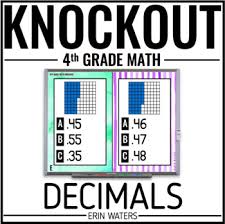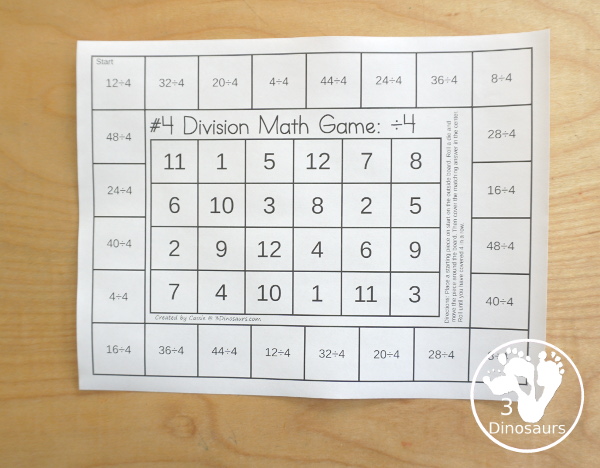
A financial aid letter should outline the cost of attendance, which includes both direct and indirect costs. The financial aid letter should also include information on the options available to families for financing attendance's net cost. In order to qualify for federal financial aid, a family must show financial need, and meet the gap between demonstrated need and available resources. This is especially true if the family is applying for in-state public college tuition.
Attendance cost
The cost of attendance section of your financial aid award letter contains information about your estimated costs for attending school. It includes tuition and fees, as well as living expenses and other fees. This information will help you decide if you are eligible for financial aid. It can also help you estimate how much you need to borrow.
Colleges will charge students for tuition, fees, as well as room and board, travel expenses, among other costs. The COA can be broken down into billable and not-billable categories. Tuition and fees are considered billable. These costs can be covered through grants, loans or gifts from the federal or state governments. Non-billable expenses include books, supplies, and miscellaneous costs. The student's remaining costs are usually covered by their savings. In some cases, students may have to take out private loans to pay the rest of their costs.

Costs both direct and indirect
Two different methods of calculating the financial aid that you will receive are direct and indirect. The direct costs are the cost of attending school. Indirect costs are the costs you incur beyond college. These may include transportation, books and school supplies. Some colleges combine these costs. You need to be aware of all costs.
Direct costs are tuition and fees you must pay during school. Indirect costs refer to any expenses you incur throughout the academic year that aren't directly related to your educational objective. They include expenses such as rent, utilities, and other personal expenses. You must also account for rent, food, utilities, and other expenses if you live off campus.
Loans
To help pay for school, loans are available in the form of a financial aid letter. Students do not need to borrow all of the federal loans available. They have the option to choose the amount they need later. Federal law gives students the right to up $5,500 in federal loans for their first year. Federal loans do not have to be repaid and may have different terms than private student loans.
Understanding the terms and conditions of any loan is essential before accepting it. While some loans can be subsidized, others will require you to contribute from your family. Federal student loans can be the least expensive option for student loans. However, they may have flexible income-driven repayment options. Before you apply for private loans, make sure that you have exhausted all other government loan options. To avoid being taken advantage, ensure you fully understand all terms and conditions.

Unsubsidized loans
Federal student loans are available in both subsidized or unsubsidized formats. The main differences between the two forms is the interest rate and when the interest starts accruing. Students who are financially in need of loans will be granted sub-subsidized loans. They won't accrue interest over the deferment period. The federal government pays the interest on these loans.
A federal loan can allow you to borrow maximum $20,000 depending on your education and your dependency status. This chart illustrates the situation. You must repay the loan within 120 days or interest will accrue. By returning any remaining funds early, you can reduce your loan payments.
In-house support
Your in-house letter of financial aid should be carefully read. There are many important details to keep in mind, including how much the institution will give you, what types of aid you are receiving, and how much the institution expects from you. Also, be sure to read the policies and procedures of the university or college you are considering, especially if it offers gift aid.
FAQ
To become an early-childhood educator, do you need to go to college?
It is not possible, however, to better prepare yourself for your future career in this field, it might be worth looking into college.
It is important to remember that it is not easy to become a teacher. Every year, many people are rejected. A lot of people leave college after just one semester.
On top of all this, you still have to meet strict qualifications to become a teacher.
How do you get scholarships?
To help pay college expenses, scholarships are grants. There are many types and types of scholarships. There are many types of scholarships available.
-
Federal Grants
-
State Grants
-
Student Loans
-
Work Study Programmes
-
Financial Aid
Federal grants are direct from the U.S. government. Most federal grants require applicants to meet certain requirements. Financial need is one example.
Each state offers state grants. Some states offer these funds based on financial need; others award money for specific reasons.
Banks and other lending agencies can provide student loans. Students typically borrow money to cover costs such as tuition and living expenses.
Work-study programs encourage employers to hire qualified student workers. Employers must pay at least the minimum wage to their employees.
Financial aid covers the majority or all of the tuition costs for low-income families.
What is the best time to spend on each semester studying?
The amount of time you study depends on several factors: 1) How important the course is to your degree program; 2) How difficult the course is; 3) Whether you've taken the course before; 4) Whether you've studied other courses during the same semester; 5) Whether you're taking more than one class per week; 6) Whether you have outside commitments; 7) Whether you're enrolled full-time or part-time; 8) Whether you have financial aid available to pay for school expenses; 9) Whether you're living at home or off campus; 10) Whether you're married or single; 11) Whether you have children; 12) Whether you're going to school part-time or full-time; 13) Whether you plan to graduate early or later.
Other than these factors, you may need to take certain classes each school year. This means that you won’t be able to choose which courses you want to take in any given semester. Your advisor can tell you what courses you must take each semester.
What does early childhood education mean?
Early Childhood Education focuses on helping children grow into happy and healthy adults. It includes everything from teaching them how to read to prepare them for kindergarten.
Early childhood education's goal is to help children learn through age-appropriate experiences.
Early childhood educators often have to assess each child's developmental needs. This helps to determine if a program is right for each child.
Parents can interact with teachers and professionals who have had experience working with young kids through early childhood programs.
A key role in early childhood education is also played by parents. They need to be able to provide guidance and support for their children, and they must also know how to care for them properly.
Parents are also welcome to participate in activities to help their children learn skills they will use throughout their lives.
Preschool education is sometimes called early childhood education. However, this term can be used interchangeably with daycare centers. Prekindergarten education usually starts around three years of age. Early childhood education is very similar.
Statistics
- These institutions can vary according to different contexts.[83] (en.wikipedia.org)
- Think of the rhetorical power of nineteenth-century abolitionist Harriet Beecher Stowe, Martin Luther King, Jr., or Occupy Wall Street activists with their rallying cry of “we are the 99 percent.” (bostonreview.net)
- They are also 25% more likely to graduate from high school and have higher math and reading scores, with fewer behavioral problems,” according to research at the University of Tennessee. (habitatbroward.org)
- Globally, in 2008, around 89% of children aged six to twelve were enrolled in primary education, and this proportion was rising. (en.wikipedia.org)
- And, within ten years of graduation, 44.1 percent of 1993 humanities graduates had written to public officials, compared to 30.1 percent of STEM majors. (bostonreview.net)
External Links
How To
Where can I find out more about becoming a teacher?
Teaching jobs are available for public elementary schools as well as private elementary schools.
You must complete a bachelor's program at one of these institutions before you can become a teacher:
-
A four-year college or university
-
A degree program for associates
-
There are some two-year community colleges programs
-
A combination of these three types of programs
State requirements are required to qualify for teaching certification. These requirements include passing standardized exams and completing a probationary work experience.
Most states require candidates to pass a test called the Praxis II. This test measures knowledge in reading and writing as well math skills.
Many states also require candidates to obtain a specialized license before being certified to teach.
These licenses are issued by the states' boards of education.
Some states grant licenses to applicants without any additional testing. If this is the case, the applicant should contact his/her state's board of education to verify.
Some states do not issue licenses unless the applicant has completed a master's degree program.
Individuals in other states can apply for licensure directly to their state boards of education.
There are many licenses available. They vary in cost, length, and requirements.
Some states only require a high school diploma while others require a bachelor’s degree.
Some states require training on specific topics, such literacy or child development.
Some states require that applicants have a master’s degree to become licensed.
Many states ask potential teachers about their past employment when applying to be certified.
It is possible to mention other professions in your application.
However, the majority of states will accept any previous work experience regardless of what job it was.
You might wish to list the title of your last job, the position you held, and the years of service.
These information are often useful to potential employers.
It shows that they have relevant skills.
You might have acquired valuable work experience or learned new skills while working.
Employers can see this in your resume.